[Tokyo, Kagurazaka] A trip to experience authentic Japanese traditional arts - Experience the essence of geisha culture
![[Tokyo, Kagurazaka] A trip to experience authentic Japanese traditional arts - Experience the essence of geisha culture](https://resources.matcha-jp.com/resize/720x2000/2025/06/09-235828.webp)
If you visit Japan, you'll want to experience geisha culture at least once. Tokyo and Kyoto have different histories and atmospheres, giving them different charms. In this article, we'll introduce geisha culture, a traditional performing art that has been passed down to the present day, in Kagurazaka, Tokyo.
Enter the world of geisha - experience traditional beauty and hospitality
As you walk down the stone-paved paths of Kyoto at dusk, your eyes suddenly catch the gorgeous kimonos and white makeup. Have you ever been moved as time stood still by the sight of a maiko or geisha passing by? Or perhaps you have been moved by the graceful dancing accompanied by the sound of the shamisen and the sophisticated hospitality of the conversation at a long-established restaurant in Tokyo.
Scenes like this are not a thing of the past, but a "living tradition" that continues to thrive today. Geisha living in the present day continue to deliver to us the art and spirit that has been honed over hundreds of years.
Historical origins: The birth of Geisha and its background

The origins of geisha date back to the Edo period (early 17th century to mid-19th century). At that time, Japan had passed through the turbulent Warring States period and society had stabilized, the economy had developed, townspeople culture had flourished, and arts and entertainment had also developed greatly. In the midst of this, "geisha" appeared as professionals who entertained people through music and dance at banquets and social occasions.
It may come as a surprise, but the first geisha were actually men. They started out as male entertainers known as "zashiki geinin" who performed at banquets, and then women joined them. Eventually, due to the elegance and depth of their art, female geisha became the mainstream.
Geisha were not just waitresses, but professionals who had undergone rigorous training in dance, shamisen, singing, tea ceremony, and Japanese etiquette, and who operated in specialized areas known as "hanamachi" (fairy districts). Their presence was essential for social interaction and cultural exchange in the upper classes of the time.
Geisha are not just performers who sell their art, but they embody the essence of Japanese culture, embodying beauty, the Japanese spirit, and proper etiquette.

Geisha culture began to decline after the war
From the Edo period through to the early Showa period, geisha flourished as a symbol of traditional Japanese culture. However, with the rapid economic development and social changes following the war, geisha culture underwent a major transformation. The once bustling "hanamachi" entertainment districts gradually shrunk in size, and the numbers and influence of geisha gradually declined. There are several factors behind this.
- Rigorous training and long-term dedication required : Becoming a geisha requires years of specialized training, making it a major hurdle for young women today.
- Changing social needs : Geisha used to be a staple at restaurants and banquets, but with the spread of Western culture and changes in business styles, their appearances have greatly decreased.
- High maintenance costs : The high costs of continuing as a geisha, including kimonos, wigs, makeup, training, and the cost of maintaining a restaurant, are also a barrier.
- Misunderstanding and criticism of the culture : In modern society, geisha culture is criticized as being "anachronistic" and "fixed gender roles," making it difficult to gain understanding and support for the culture itself.
Thus, the postwar social changes have had a major impact on geisha culture, but geisha continue to seek ways to coexist with modern times while preserving their traditions.

However, this culture has never disappeared. Today, its charm is passed down through preservation and change, with events such as stage performances and cultural festivals, as well as programs for foreign tourists to experience geisha.
Even in this age of digitalization and speed, geisha continue to cherish and protect traditional performing arts and the "spirit of hospitality." Their existence goes beyond being mere inheritors of tradition; it can be said that they are symbols of the depth of Japanese culture and an elegant, calm way of life.
Hidden cultural treasures: Tokyo's lesser known geisha
When people hear of geisha culture, the first thing that comes to mind for many people is Kyoto's Gion and maiko. While it is often thought that the world of geisha only exists in Kyoto, Tokyo also has its own geisha districts with a long history. Shinbashi, Akasaka, and Kagurazaka are representative examples. Although not as large as Kyoto's, Tokyo's geisha (called "geisha" here) are still active today, preserving the beauty and elegance of the traditional art. Kagurazaka in particular is loved by many people for its friendly yet elegant atmosphere.
Follow in the footsteps of Tokyo's geishas: visit the oldest and most representative entertainment districts
Tokyo's geisha are mainly found in several historical entertainment districts, with the three most famous being:
Shinbashi
Shinbashi is the center of Tokyo's geisha culture and has a very long history, having been known since the Edo period as an area where geisha and high-class restaurants gather. Here, geisha entertain guests in many hidden restaurants and perform traditional dance and music performances.

Akasaka
Akasaka is adjacent to Shinbashi, which is also famous for its traditional Japanese restaurant culture. Geisha are not just dancers, but also skilled in hospitality and socializing, making them an indispensable presence at banquets for the upper class.
Kagurazaka
Kagurazaka is a little different, characterized by a more intimate setting for its geisha activities. Events such as the public dance performance "Kagurazaka Odori" are held frequently, and the town, with its cobblestone streets and teahouses, is a place that attracts many tourists who want to experience geisha culture.

Tokyo's Geisha: How Many Keep This Tradition Alive?
Compared to Kyoto's hundreds of maiko and geiko, Tokyo has a relatively small number of geisha, estimated at around 50 to 70. Although their numbers are small, each one has undergone rigorous training to become proficient in the arts of shamisen, traditional dancing, singing and hospitality, and to carry on this ancient and precious culture.
Meeting a Geisha in Tokyo: Experience the Magic of Traditional Culture Up Close
In Tokyo, geisha activities are mainly carried out in traditional restaurants and teahouses, which usually require a reservation and are mostly only open to regular customers or those invited to banquets, making it difficult for ordinary tourists to easily encounter them.
However, if you want to experience the charm of geisha up close, the best way is to attend a public performance held every spring and autumn. The most famous performances are "Shinbashi Odori" and "Kagurazaka Odori", where geisha performers display their excellent dancing and musical skills on stage, attracting many culture lovers and tourists.
These public performances are open to the public and admission is possible by purchasing tickets in advance. Many performances also offer English guides and commentary, allowing foreign tourists to gain a deeper understanding of the history and characteristics of geisha culture, making them extremely popular.

In recent years, some entertainment districts have started offering geisha experience programs, giving tourists the opportunity to wear formal kimono, have professional makeup applied, and learn basic traditional dance and etiquette. Anyone can participate in these experiences, which are available in multiple languages, and they are highly acclaimed as a valuable cultural experience.

However, if you want to experience the traditions in the deepest way possible, your best choice is to book a dinner party with a geisha at a traditional Japanese restaurant. Traditional Japanese restaurants in Shinbashi, Kagurazaka, and Akasaka still offer banquet services with geisha. Advance reservations are required and the cost is high, but some restaurants offer plans that include language support and cultural commentary for foreign guests.
![[Tokyo, Kagurazaka] A trip to experience authentic Japanese traditional arts - Experience the essence of geisha culture](https://resources.matcha-jp.com/resize/720x2000/2025/06/09-235844.webp)
By attending such a dinner party, you can experience the graceful demeanor and sophisticated artistry of geisha up close, providing a valuable opportunity to gain a deeper understanding of traditional Japanese culture.
![[Tokyo, Kagurazaka] A trip to experience authentic Japanese traditional arts - Experience the essence of geisha culture](https://resources.matcha-jp.com/resize/720x2000/2025/06/09-235836.webp)
Through these methods, you will be able to experience Tokyo's geisha culture in various ways, such as watching performances, participating in experience programs, and even attending dinner parties at traditional Japanese restaurants, and fully experience its unique charm.
What's the difference between geisha in Tokyo and Kyoto? Things culture lovers need to know
First of all, there are differences in how they are called. Geisha in Kyoto are called "geiko" and their apprentice young women are called "maiko". On the other hand, in Tokyo, they are all called "geisha" and there is no distinction between them.
The geisha system in Kyoto is particularly strict, with young apprentices known as maiko, known for their flamboyant attire and mannerisms. They begin learning the art from their teens, and after many years of training, become official geisha.
In contrast, in areas of Tokyo such as Shinbashi, Akasaka, and Kagurazaka, most of the women are mature and called "geisha," there is no distinction between ages or training levels, and there is no system of "maiko." This is a major feature of Tokyo's geisha culture, and their style is simpler and more mature, placing emphasis on music, conversation, and sophisticated techniques in customer service. They express traditional Japanese performing arts with a mature and elegant atmosphere.

There are also differences in costume that reflect the style and spirit of the geisha culture of the two regions.
Kyoto's geisha and maiko are very visually distinctive, with their gorgeous and detailed style, emphasis on ritual, and many hair ornaments, as well as long obi belts that hang down to the ground. In contrast, Tokyo's geisha are characterized by their simple and subdued attire, choosing high-quality Japanese clothing in pale and low-saturation colors. They also wear less makeup, and their mature and simple attire creates a more subdued and elegant appearance.

Comparison of performance styles and cultural characteristics
Kyoto geisha perform classical Japanese dance, placing emphasis on graceful and detailed movements, while Tokyo geisha have developed a style of performance that combines music and entertainment, such as shamisen performances and conversational games, to provide more participatory entertainment.
Furthermore, Kyoto's geisha culture is centered around traditional entertainment districts such as Gion, and is very closed and conservative, with geisha banquets being held by invitation only. In contrast, Shinbashi, Akasaka, and Kagurazaka in Tokyo are relatively open, with public performances and geisha experiences open to the general public, and an environment that makes it easy for tourists to participate.
Overall, Kyoto's geisha embody "classic elegance and delicacy" while Tokyo's geisha exude "modern fusion and approachability," while both uphold important traditions of Japanese culture.
The Meaning of Tips: A Quiet Sign of Respect in Geisha Culture
When experiencing a geisha banquet, a traditional part of Japanese culture, you will encounter another important custom in addition to the beautiful performances of dance and music: gratuities.
"Ochizukake" is a kind of "heartfelt gift" that expresses gratitude to geishas and hospitality staff. Unlike Western tips, it is not necessary to pay, but is a uniquely Japanese courtesy that is given voluntarily as a token of gratitude.
It is usually considered good manners to wrap the cash in washi paper or a small red and white gift envelope and hand it discreetly to the hostess or a middleman before the banquet begins, rather than to the geisha herself. This modest behavior shows understanding and respect for Japanese culture, and is politely received as a "knowing customer."
If you have the opportunity to experience being a geisha, be sure to remember this custom of "tips" so that you can experience Japanese tradition on a deeper level.
![[Tokyo, Kagurazaka] A trip to experience authentic Japanese traditional arts - Experience the essence of geisha culture](https://resources.matcha-jp.com/resize/720x2000/2025/06/09-235840.webp)
Tip amount and etiquette
In reality, there is no set rule for the amount of a tip. The appropriate amount varies depending on the formality of the venue, the size of the banquet, the number of geisha, and their years of experience.
Generally speaking, a formal private banquet will cost around 5,000 to 20,000 yen (approximately 1,000 to 4,000 Taiwanese dollars), but if the banquet is large-scale or multiple experienced geishas are invited, it can be more.
Especially at formal occasions where you have made a reservation through a high-class restaurant or are attending through an introduction, it is important to give even a symbolic gratuity, as it is perceived as an act of utmost respect for the geisha and the host.
What you should pay attention to here is not how much to give, but how to give it. **It is considered bad manners to hand over cash as is or to hand it over conspicuously during a banquet. **The polite thing to do is to always wrap the tip in an envelope in advance, confirm with the hostess or the person in charge of arrangements when and how to give it, and then give it modestly.
A tip is not just a monetary reward, but a sign of respect for traditional Japanese culture. What is truly important in geisha culture is not the amount of money, but the thoughtfulness and aesthetic sense behind it. The most beautiful tip is to participate in the experience with a humble attitude and respect.
The pinnacle of art and hospitality: Experience geisha culture now
Kyoto geisha are known for their ornate costumes and formal dance, embodying classical Japanese beauty, while Tokyo geisha are known for their refined and subdued demeanor, with an emphasis on social interaction centered around musical performances and conversation, making them seem more approachable and open.
In both Kyoto and Tokyo, geisha culture is a symbol of traditional Japanese art, preserving its charm and spirit while adapting to modern times.

If you visit Japan, be sure to try watching a public performance by a geisha or experiencing a banquet at a traditional Japanese restaurant with a geisha. It will be a rare and precious opportunity to experience the profound depth of Japanese culture and art.
A unique Japanese feast that combines history and beauty: "Irori Yakiniku Gion"
Located in the historic streets of Kagurazaka, Tokyo, Irori Yakiniku Gion is a carefully renovated 80-year-old traditional Japanese house, creating a space filled with Japanese atmosphere, named after Gion, Kyoto. The traditional Japanese hospitality lives on in this location, which was once home to the long-established restaurant Tachibana, where local customers and international visitors alike can feel the heartfelt hospitality.
![[Tokyo, Kagurazaka] A trip to experience authentic Japanese traditional arts - Experience the essence of geisha culture](https://resources.matcha-jp.com/resize/720x2000/2025/06/11-236104.webp)
There is an open hearth in the center of the restaurant, where you can enjoy carefully grilled top-quality meats such as domestic beef, pork, chicken, "Japanese Black Beef" and "Kobe Beef." Seasonal vegetables and seafood also add color to the flavors.
![[Tokyo, Kagurazaka] A trip to experience authentic Japanese traditional arts - Experience the essence of geisha culture](https://resources.matcha-jp.com/resize/720x2000/2025/06/11-236107.webp)
The tableware used is also carefully crafted, with all original Mashiko ware used, and the combination of the wooden trays adds beauty and warmth to the dining table. The interior is decorated with framed kimono sashes and ink paintings of "The Moon" and "Red Fuji," creating a space where the worlds of Japanese art and food come together in harmony.
![[Tokyo, Kagurazaka] A trip to experience authentic Japanese traditional arts - Experience the essence of geisha culture](https://resources.matcha-jp.com/resize/720x2000/2025/06/11-236105.webp)
![[Tokyo, Kagurazaka] A trip to experience authentic Japanese traditional arts - Experience the essence of geisha culture](https://resources.matcha-jp.com/resize/720x2000/2025/06/11-236108.webp)
In addition, there is a wide selection of Japanese whiskeys, including brands such as Yamazaki, Hibiki, Hakushu, and Chita, many of which are rare limited editions. The whiskey collection is also impressive, with a diverse lineup including rare bottles that will capture the hearts of whiskey lovers.
![[Tokyo, Kagurazaka] A trip to experience authentic Japanese traditional arts - Experience the essence of geisha culture](https://resources.matcha-jp.com/resize/720x2000/2025/06/11-236106.webp)
"Arashiyama Course"
Meat appetizer platter: Wagyu beef sea urchin sushi, Kobe beef wrapped in prosciutto and fruit, and seasonal dishes are elegantly presented.
Soup: Chilled Yamato Shijimi Soup with Barley Miso
Specialty dish: Gion special Kobe beef minced cutlet served with rock salt and homemade tartar sauce.
Hearth BBQ Main dish:
Japanese Black Beef Sirloin Skewers
Homemade Hyuga chicken meatballs and char siu skewers
Today's recommended seafood skewers
Tochio fried tofu
Seasonal vegetable skewers
*Includes various Japanese-style sauces and condiments
Staple food (choose one):
Akita Inaniwa Udon with Meat Soup Dipping Sauce
Original mini-bowl of beef tendon curry
Dessert: Today's special ice cream, Kyoto Sencha
Gion Course
Meat appetizer platter: Wagyu beef sea urchin sushi, Kobe beef wrapped in prosciutto and fruit, and seasonal dishes are elegantly presented.
Soup: Chilled Yamato Shijimi Soup with Barley Miso
Specialty dish: Gion special Kobe beef minced cutlet served with rock salt and homemade tartar sauce.
Hearth BBQ Main dish:
Japanese Black Beef Sirloin Skewers
Hirado jumbo shiitake mushroom skewers
Today's recommended seafood skewers
Tochio fried tofu
Seasonal vegetable skewers
*Includes various Japanese-style sauces and condiments
Japanese Black Beef Sukiyaki: Made with Japanese Black Beef Sirloin (50g) and Kyoto vegetables. Special sukiyaki soup made from a blend of five types of dashi (including sea urchin flavor).
*Additional Kuroge Wagyu Beef Sirloin (50g): +1,980 yen (order on the day, payment on site)
Staple food (choose one):
Dashi ochazuke with soft-boiled egg
Akita Inaniwa Udon Nabe Tsukemen Style
Dessert: Today's special ice cream, Kyoto Sencha
"Kinkakuji Course"
Meat appetizer platter: Wagyu beef sea urchin sushi, Kobe beef wrapped in prosciutto and fruit, and seasonal dishes are elegantly presented.
Soup: Chilled Yamato Shijimi Soup with Barley Miso
Specialty dish: Gion special Kobe beef minced cutlet served with rock salt and homemade tartar sauce.
Hearth BBQ Main dish:
Japanese Black Beef Fillet Skewers
Steamed Hokkaido abalone skewers
Today's recommended seafood skewers
Tochio fried tofu
Seasonal vegetable skewers
*Includes various Japanese-style sauces and condiments
Kobe beef sukiyaki: Made with Kobe beef sirloin (50g) and Kyoto vegetables. Special sukiyaki soup made from a blend of five types of dashi (including sea urchin flavor).
*Add Kobe beef sirloin (50g): +4,180 yen (order on the day, pay on site)
Staple food (choose one):
Dashi ochazuke with soft-boiled egg
Akita Inaniwa Udon Nabe Tsukemen Style
Dessert: Today's special ice cream, Kyoto Sencha
*Menu contents may change depending on the supply situation.
A luxurious experience to enjoy food and culture in Kagurazaka
Take a stroll through the historic streets of Kagurazaka and enjoy high-quality yakiniku made with carefully selected wagyu beef served at a prestigious restaurant. The meat is carefully grilled by a craftsman, with exquisite flavor and tenderness, adding color to a special dinner time. It is safe for first-timers and solo travelers, and is also ideal for group trips. Recommended for those who want to enjoy Japanese history and food culture at the same time, enjoy this luxurious experience that is unique to Tokyo.
![[Tokyo, Kagurazaka] A trip to experience authentic Japanese traditional arts - Experience the essence of geisha culture](https://resources.matcha-jp.com/resize/720x2000/2025/06/11-236110.webp)
We offer a variety of travel services, mainly in the Kanto area, that allow you to enjoy the charms of each season, such as skiing, fireworks festivals, and experience plans. In the summer, tours of famous fireworks festivals around Japan and unique experience programs in Tokyo are popular. In the winter, we offer all-inclusive ski tours by bus from the Kanto region to popular ski resorts in Nagano and Niigata! If you're looking for a special trip to Japan, we'll suggest the perfect plan for you.
The contents on this page may partially contain automatic translation.

















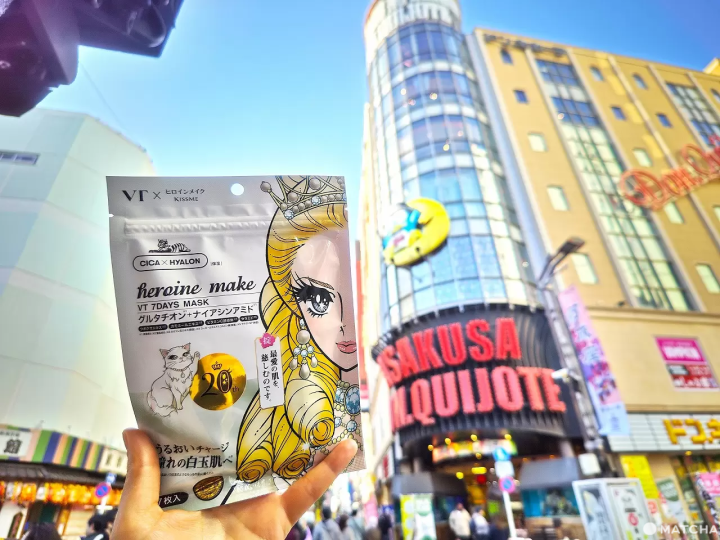
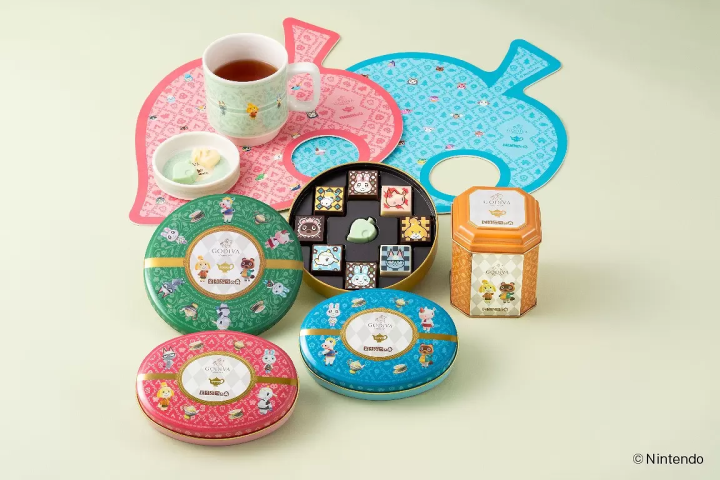
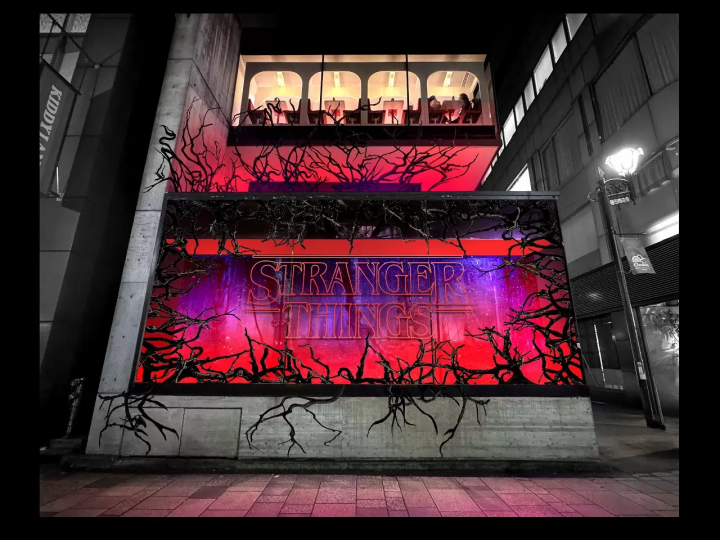
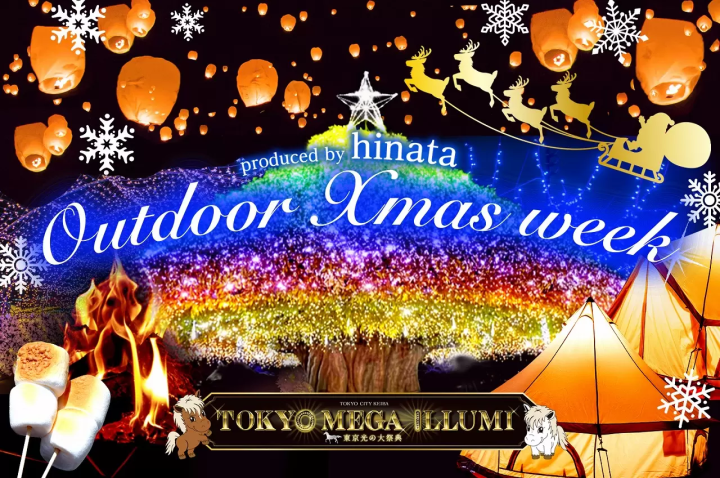
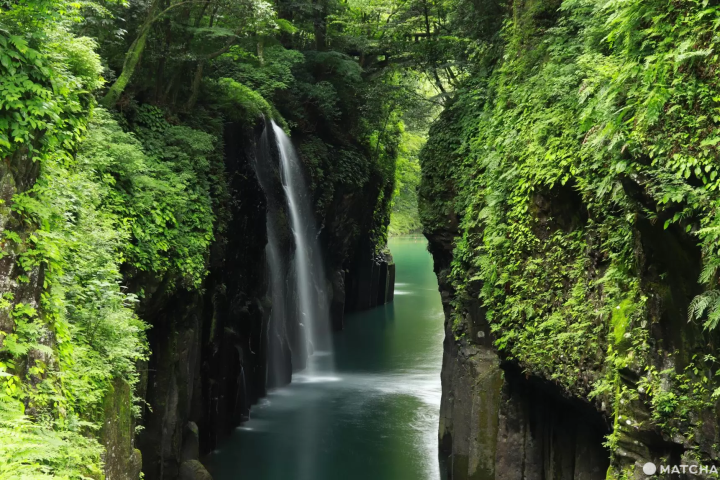





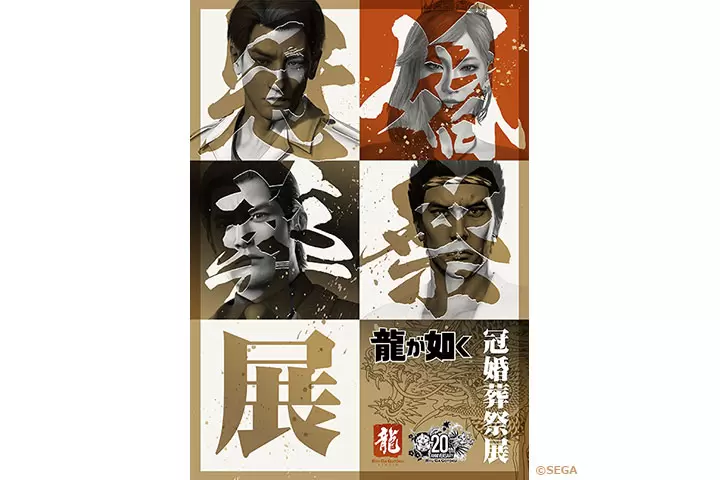

![[Coupon Available] Recommended Fall/Winter Wear from Scandinavian Brand "Helly Hansen"](https://resources.matcha-jp.com/resize/720x2000/2025/12/15-252920.webp)
![Deep dive into Japanese brands! A tour of famous leather shoe stores with GENSEI & Nin [Otsuka Shoes Edition]](https://resources.matcha-jp.com/resize/720x2000/2025/12/15-252972.webp)